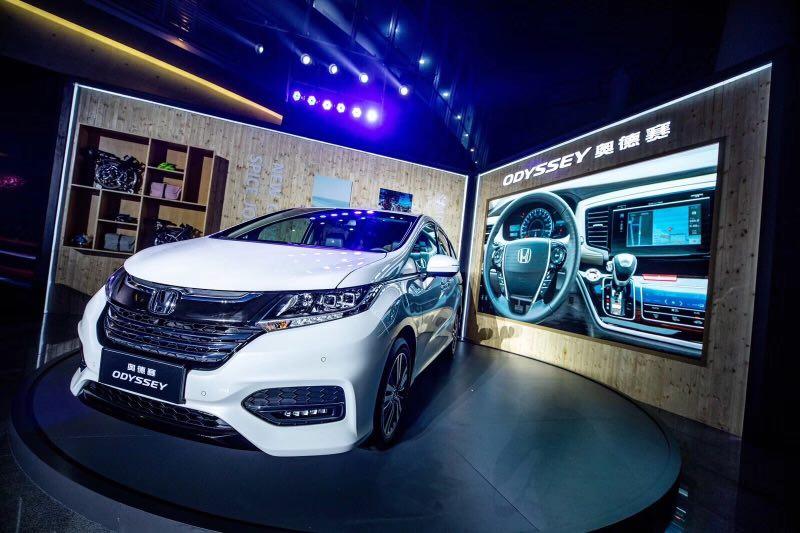Title: Exploring the World of Automotive Brand Logos: A Comprehensive Guide
The world of automotive brand logos is an intriguing realm that offers a fascinating glimpse into the minds of designers and marketers. These visual symbols are more than just decoration; they represent the identity, values, and aspirations of a company. This comprehensive guide delves into the intricacies of automotive brand logos, exploring their history, design principles, and symbolism. From the iconic "V" of Volkswagen to the sleek curves of Audi, each logo tells a unique story. The guide also examines the role of color, typography, and imagery in logo design, providing insights into how these elements contribute to the overall brand image. By understanding the psychology behind automotive brand logos, readers can gain a deeper appreciation for the art and science of branding. Whether you're a designer, marketer, or simply curious about the world of automobiles, this guide is an essential resource for exploring the rich and diverse universe of automotive brand logos.
Introduction to Automotive Brand Logos

The world of automotive brands is a fascinating one, with each manufacturer striving to create a unique identity and stand out in a crowded market. One of the most important aspects of this identity is the logo, which serves as a visual representation of the brand and its values. In this article, we will explore the world of automotive brand logos, discussing their meanings, design elements, and how they have evolved over time. We will also take a closer look at some of the most iconic car logos of all time.
The Significance of Automotive Brand Logos
Automotive brand logos play a crucial role in shaping consumer perceptions and attitudes towards a particular brand. They serve as a way for consumers to instantly recognize a car, identifying it as part of a specific manufacturer's lineup. Additionally, logos help to differentiate between competitors, providing a visual reminder of the unique features and benefits offered by each brand.
Brand logos also serve as an extension of a company's brand identity, communicating values, personality, and even cultural significance. For example, some logos incorporate elements such as animals or natural landscapes, reflecting a brand's connection to nature or wildlife conservation. Others may feature bold, modern designs reflecting a brand's cutting-edge technology or innovation.
Design Elements of Automotive Brand Logos
The design of an automotive brand logo is typically based on several key elements that work together to create a cohesive and memorable visual identity. These elements may include:
1. Shapes and Lines: Many logos incorporate shapes and lines that are symbolic or abstract, representing different aspects of the brand's identity. For example, a circle might symbolize infinity or completeness, while a triangle might represent strength or stability.
2. Colors: The colors used in a logo can convey different emotions and associations. Some common color choices for automotive logos include blue (representing trust and reliability), red ( symbolizing power and passion), and green (indicating environmentalism and sustainability).
3. Fonts: The typeface used in a logo can also play a role in creating an overall visual identity. Different fonts can convey different styles and personalities, from sleek and modern to classic and timeless.
Evolution of Automotive Brand Logos
Over time, automotive brand logos have undergone significant changes as manufacturers strive to remain relevant in an ever-changing market. Some notable developments in logo design include:

1. Modernization: As automotive technology has advanced, so too have logos. Many brands have updated their logos to reflect these changes, incorporating sleeker lines, more vibrant colors, and modern font styles.
2. Flat Design: In recent years, flat design has become increasingly popular in logo design, replacing traditional 3D effects and gradients. Flat designs tend to be simpler and more streamlined, with clean lines and minimal ornamentation.
3. Minimalism: Another trend in logo design is the move towards minimalism, focusing on clean lines, simple shapes, and limited color palettes. This approach can help create a sense of sophistication and professionalism, making logos more appealing to luxury consumers.
Iconic Automotive Brand Logos
Of course, not all automotive logo designs are created equal – some stand out above the rest for their iconic status and enduring popularity. Here are just a few examples:
1. Ford Mustang: The classic Mustang logo features a bold letter "F" surrounded by a series of curves inspired by the car's shape. The design has remained largely unchanged since its inception in the 1960s, making it one of the most recognizable logo designs in the automotive industry.
2. Chevrolet Corvette: The Corvette logo features a sleek and aerodynamic design inspired by the car itself. The "V" shape represents both speed and power, while the use of white against black creates a striking contrast that makes the logo stand out.
3. BMW i: The BMW i logo features a simple yet elegant design that incorporates elements from both the BMW and i brands. The "i" stands for "innovation", reflecting BMW's commitment to technological advancement within its vehicles.
Conclusion
In conclusion, automotive brand logos play an integral role in shaping consumer perceptions and defining the identities of various automobile manufacturers
与本文知识相关的文章:



